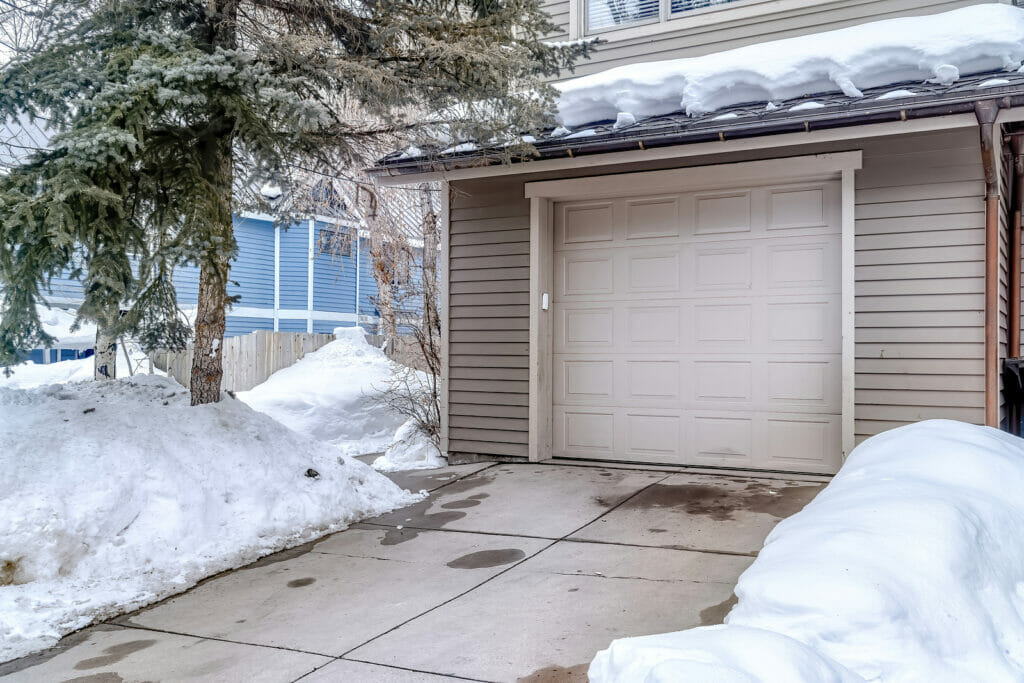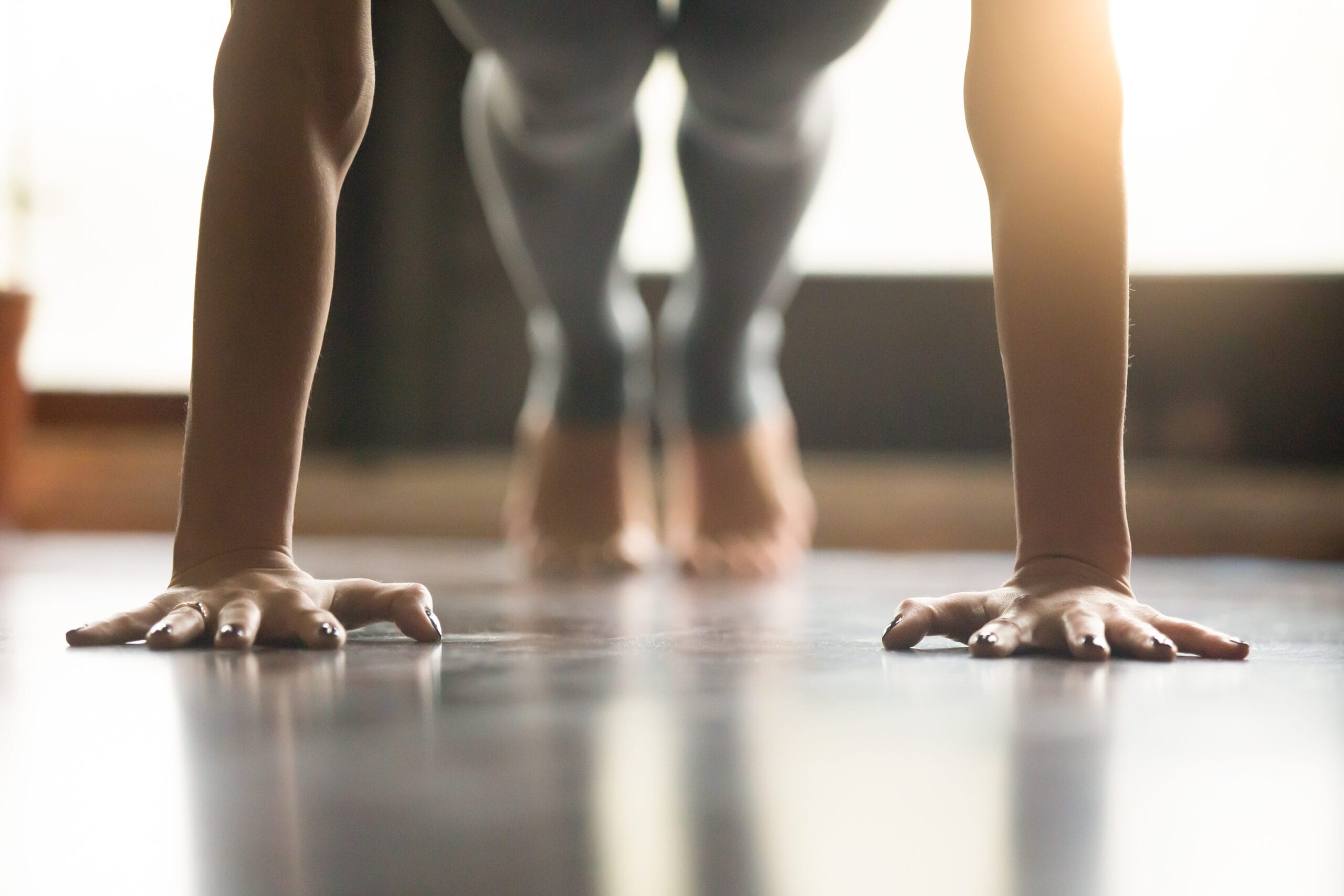
As the cold weather sets in, most people retreat to the comfort of their warm homes, but we know that dream physiques & rock-hard mindsets are built in the harshest conditions.
While some home gym owners abandon their workouts in the winter, you & I are pushing our bodies to the limit even as the temperature drops.
When the air is cold and your barbell feels like an icicle, it’s hard to get pumped up for a workout – but it doesn’t have to be that way.
After years of long, grueling winter workouts, we’ve found ways to make it bearable and continue exercising all year long (even in the Midwest).
These tips will vary slightly based on your type of workout, budget, and location. But whether you apply one of these tips or all six of them, we guarantee it will improve your cold garage workouts.
6 Tips for Working Out in a Cold Garage
#1 Wear your layers
One of the benefits of having your own garage gym is that you can wear whatever you want.
For many of you, this usually means a pair of shorts and no shirt in the summertime. But when the seasons change and temperature plummets, those posh gym-goers will still be rocking a t-shirt and shorts while you layer up.
It’s a minor inconvenience, but let’s face it – you’re bulking anyways, so you’re happy to hide those extra couple of pounds under 3-4 layers of clothing.
As you progress through your warmup and the initial working sets, you’ll shed these layers. But to ensure you have the best workout possible, this is how you should dress for a cold garage workout:
Base Layer
Start with a moisture-wicking base layer made of synthetic material or wool. This layer should fit snugly to your body and will help to wick away sweat and moisture from your skin, keeping you dry and warm.
Insulating Layer
On top of the base layer, wear an insulating layer made of fleece, wool, or down.
This layer will trap heat close to your body and keep you warm. Choose a mid-weight insulating layer for moderate to cold temperatures.
Outer Layer
The outer layer will depend on the air temperature.
For those of you grinding through the winter in near-zero temperatures, you’ll want to grab a lightweight winter jacket or parka. If the temperature is in the 25°F range, a thick sweatshirt should do the trick.
Hats, Gloves, and Socks
Those 3-4 layers will keep 80% of your body warm, including your internal organs, but they won’t cover your head, hands, or feet, which are equally important.
We recommend wearing a hat or beanie that covers your ears to prevent heat loss (it will also help you warm up more quickly).
Lifting gloves probably aren’t your thing, but you’ll need a thick pair of gloves for the first few minutes of your workout to tolerate the ice cold feel of that barbell.
Again, you’ll probably take them off after a few minutes once your body heats up.
You could also store your barbell inside overnight, that way it’s not unbearably cold for your entire session.
Most people assume that their shoes are enough to keep their feet warm, especially once their blood starts flowing.
But your feet are the foundation of a strong workout, and a thick pair of wool socks or even two pairs of your regular athletic socks will ensure you get the most out of your lifting session.
#2 Warm Up (and Rest) Inside
Your body takes longer to warm up when it’s cold outside. So even though you may be able to start your workout in the summer after a few warmup sets with the barbell, that won’t cut it in the winter.
If you increase the intensity too quickly without priming your muscles, you’re exposing yourself to severe injuries, which will sideline you for the rest of the winter. Here’s what we recommend:
Warm Up Inside
Unless you want to spend the first 20-30 minutes of your garage workout trying to get warm, just start your warmup inside.
Grab your foam roller and resistance band and start priming your muscles & joints before you even step outside.
The room temperature will increase the effectiveness of these movements, reducing the likelihood of a torn or pulled muscle.
Get Your Cardio In
The first thing you do once you step into the garage is some form of cardio, to acclimate your body to the temperature change and continue preparing your muscles for the workout.
Popular options include jumping jacks, jump rope, cardio bike, and treadmill.
Rest Indoors Between Sets
This is especially important if your rest periods are 2-3+ minutes.
In a perfect world, you want to keep your body warm throughout the entire workout, but cold garages aren’t perfect, not even close.
So if you’re resting for minutes at a time between heavy squats or deadlift, step inside between sets to keep your body warm.
Or, throw your thick outer layer back on or wrap yourself in a blanket.
#3 Buy a Small Space Heater
Layered clothing and indoor warmups will only get you so far in the winter – it’s cold and your body heat likely won’t be enough to keep you warm.
You’ll need to pick up a small space heater for $50-100 and leave it running throughout your entire workout.
This will also help keep you warm between sets and heat up the barbell if you place it directly in front of your setup. For best results, turn the space heater on 10-15 minutes before your workout to preheat the garage.
#4 Weatherstrip Your Doors
The garage is the most poorly insulated part of any home; yours is no different.
The first step to heating your garage is keeping the cold air out – add weatherstripping to your garage door and man door to prevent cold gusts of wind from interrupting your workout.
If you’re expecting snow, these strips will keep the snow out too. These are easy to find at your local home improvement store or online for less than $20.
#5 Insulate Your Walls
Between the combination of thin garage door materials and concrete walls, garages aren’t designed to retain heat and for most of the year, that’s just fine.
But for winter workouts, you want to trap as much heat as possible.
The simplest and cheapest way to do this yourself is with fiberglass batts or rigid foam boards.
You can also pick these up online or at a home improvement store for a decent price, depending on the size of your garage and the surface area you wish to insulate.
And they’re easy to install; just use a construction-grade adhesive to hang the insulation on the garage and surrounding walls.
#6 Insulate Your Floor
Your doors and walls aren’t the only surfaces where you’ll lose heat – the one surface that everyone overlooks is the floor.
Cold, concrete flooring will suck the warm air right out of the garage, negating all of your attempts to stay warm.
The best way to offset this is with rubber flooring, but assuming that your garage serves other purposes aside from a home gym, this isn’t exactly feasible.
Your next best bet is to lay down a rubber/foam mat or build a wooden platform for your barbell.
Size is relative to your workout plan, just make sure it’s big enough to comfortably perform your exercises on.
Even a half-inch of separation between you and the floor will make a huge difference.
The barbell, dumbbells, and your feet won’t be in direct contact with the floor, decreasing the rate at which they lose heat. It will also absorb some of the sound produced by dropping weights, which undoubtedly annoys the rest of your family.
Final Thoughts
Working out in a cold garage is challenging, some may even call it “building character.”
But with the right preparation and mindset, you’ll be able to workout in the privacy of your own garage throughout the entire winter, packing on pounds of muscles while everyone else is curled up on their couch.
And when summer rolls around, you can shed the layers and show off your hard-earned physique.


